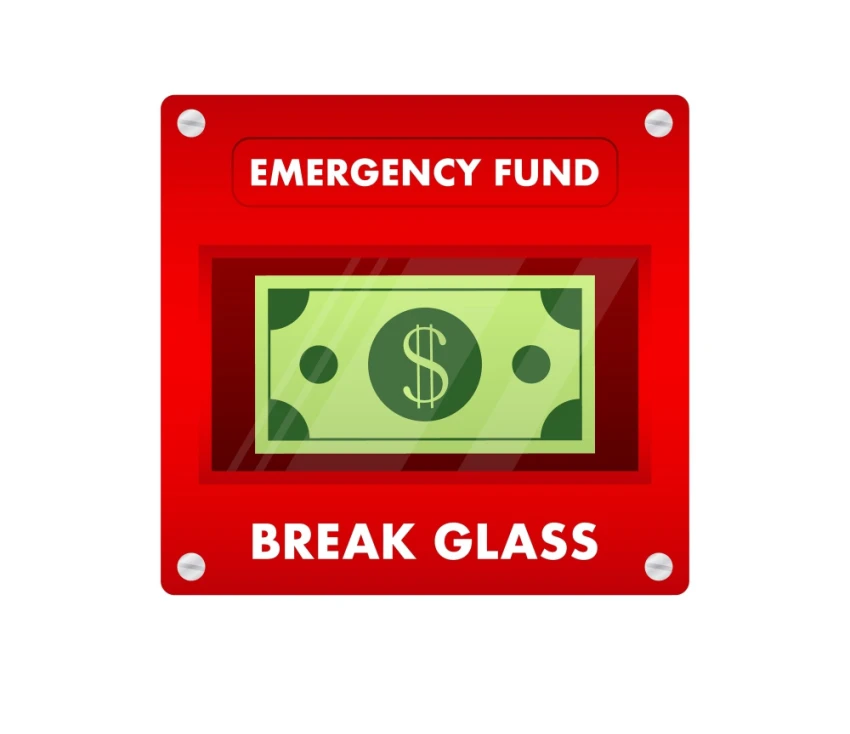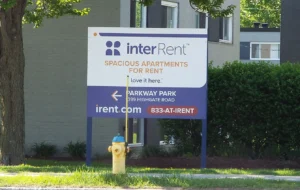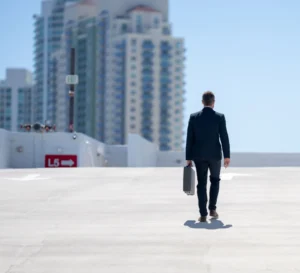How Much You Need Before Investing

Real Estate Investor Emergency Fund
Here’s a conversation I’ve had way too many times: An investor calls me panicking because their HVAC system just died, they’ve got two vacant units, and their day job paycheck won’t cover the repairs. Sound familiar?
Building a real estate investor emergency fund isn’t the sexiest topic—I get it. You’d rather talk about cap rates and cash flow. But here’s the reality: the investors who sleep well at night (and stay in the game long-term) are the ones who’ve built bulletproof financial cushions before diving into their first deal.
Your emergency fund as a real estate investor isn’t just about personal expenses anymore. You’re running a business with moving parts, seasonal challenges, and unexpected costs that can pop up faster than you can say “foundation repair.”
Why Real Estate Investors Need Bigger Emergency Funds
Forget the traditional “3-6 months of expenses” advice. That’s for people with W-2 jobs and predictable monthly budgets. As a real estate investor, you’re dealing with:
Income volatility: Even the best properties have vacancy periods. Market shifts happen. Rent rolls fluctuate.
Capital-intensive emergencies: When your tenant calls about a burst pipe at 2 AM, you can’t just ignore it until your next paycheck arrives.
Multiple property risks: The more doors you own, the more things can (and will) break simultaneously. Murphy’s Law loves real estate investors.
Market timing opportunities: Cash-heavy periods often coincide with the best deals. You want to be ready when that motivated seller calls.
The Real Estate Investor Emergency Fund Formula
Here’s the framework I use with clients, broken down into four essential components:
1. Personal Living Expenses (6-12 Months)
Start with your basic personal survival number—housing, food, insurance, minimum debt payments. Multiply by 6 months if you have stable W-2 income alongside your real estate. Go for 12 months if real estate is your primary income source.
Example: If your personal monthly expenses are $4,000, you need $24,000-$48,000 just for this bucket.
2. Per-Property Maintenance Reserve ($3,000-$5,000 Per Door)
This covers the big-ticket items that insurance won’t touch: HVAC replacements, roof repairs, flooring updates, appliance failures. The older your properties, the higher this number should be.
Pro tip: Track your actual maintenance costs for 2-3 years, then use that data to refine this number. Every market and property type is different.
3. Vacancy Buffer (2-4 Months Rent Per Property)
Even in tight rental markets, turnovers happen. Factor in lost rent, turnover costs, and potential holding periods between tenants.
Smart move: In strong rental markets, lean toward 2 months. In softer markets or with higher-end properties (longer lease-up times), go with 4 months.
4. Opportunity Fund (Variable)
This is your “deal flow” money—the cash that lets you move fast on unexpected opportunities. Some investors skip this, but the best deals often require quick action.
Minimum suggestion: Start with $25,000-$50,000 once you own 3+ properties. Scale up as your portfolio grows.
Get a Free Multifamily Loan Quote
Access Non-Recourse, 10+ Year Fixed, 30-Year Amortization
Where to Keep Your Emergency Fund
Not all emergency money needs to sit in a 0.1% savings account gathering dust. Here’s a smarter approach:
Immediate access tier (30% of total): High-yield savings account for true emergencies. You need this money available within 24 hours.
Short-term access tier (50% of total): Money market accounts, short-term CDs, or conservative bond funds. Accessible within 30-90 days with slightly better returns.
Medium-term tier (20% of total): Conservative investments that can be liquidated within 3-6 months if needed. Think stable value funds or short-term bond ETFs.
Common Emergency Fund Mistakes to Avoid
Mistake #1: Using home equity as your emergency fund. HELOCs can get frozen during market downturns—exactly when you need the money most.
Mistake #2: Counting future cash flow as available funds. Projected rents aren’t cash in hand. Build your fund based on current, verified income.
Mistake #3: Mixing investment capital with emergency funds. Keep these separate. Your emergency fund isn’t investment capital, and your investment capital isn’t emergency money.
Mistake #4: Building the fund after you start investing. It’s harder to save when you’re already managing properties and dealing with real-world cash flow demands.
Scaling Your Emergency Fund as You Grow
Your emergency fund isn’t static. As your portfolio expands, so should your safety net:
1-5 properties: Follow the formula above religiously. You’re still learning the business.
5-15 properties: You can start to get economies of scale. Maybe reduce the per-property maintenance reserve slightly as you build systems and vendor relationships.
15+ properties: Consider self-insuring some risks and optimizing your cash allocation. But never eliminate the emergency fund entirely.
Investor Takeaway
Your real estate investor emergency fund isn’t just about surviving disasters—it’s about thriving through market cycles and capitalizing on opportunities. The math is simple: better to have cash you don’t need than to need cash you don’t have.
Think of your emergency fund as insurance for your real estate empire. You wouldn’t skip property insurance, so don’t skip financial insurance either.
Source: Multifamily Intelligence













 Accessibility
Accessibility